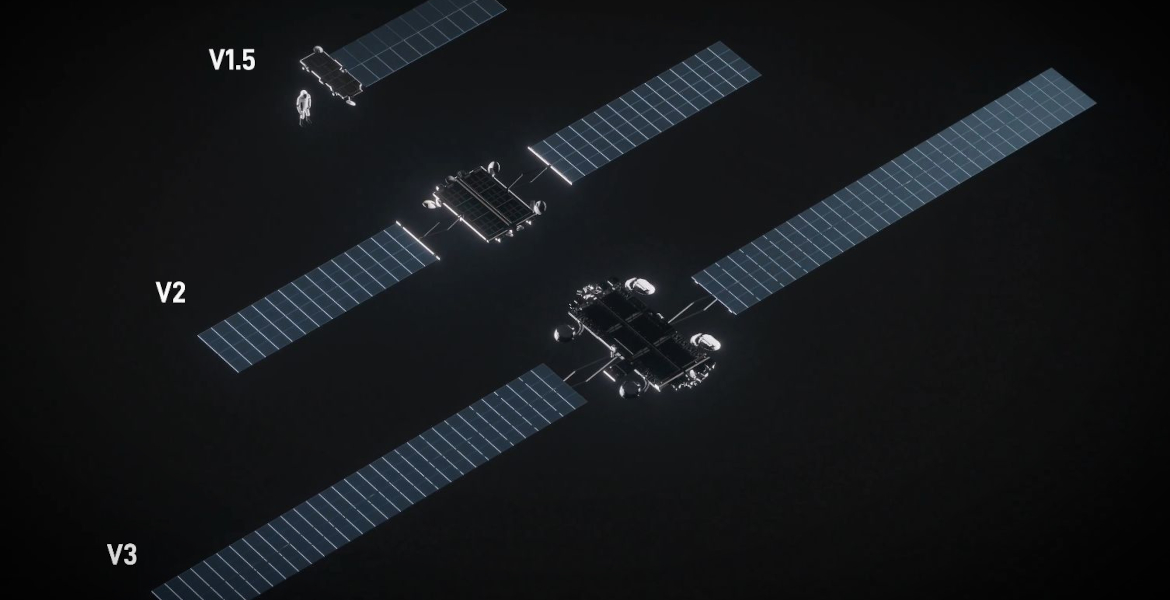Elon Musk's space company SpaceX announces plans to build data centers in space based on Starlink satellites. Interest in space-based data storage is surging among tech giants as artificial intelligence demands increasingly more computing power.
Artificial intelligence is driving a growing need for data storage and processing power, prompting several tech companies to turn their attention to space. After former Google CEO Eric Schmidt acquired space company Relativity Space in May, and Amazon founder Jeff Bezos predicted gigawatt-scale data centers in space within 10 to 20 years, Elon Musk is now entering the race.
In a post on social media platform X, Musk explained that SpaceX satellites could be used for this purpose. "Simply scaling up Starlink V3 satellites, which have high speed laser links would work. SpaceX will be doing this", he wrote in response to an article about the potential for space-based data centers.
Musk's announcement dramatically raises the profile of this emerging industry. SpaceX's Starlink constellation is already the world's dominant space-based infrastructure, and the company has demonstrated it can profitably deliver high-speed broadband to millions of customers worldwide.
Free energy and no environmental costs
Advocates for space-based data centers highlight clear advantages: unlimited and free energy from the sun, as well as the absence of environmental costs associated with building these facilities on Earth, where opposition to energy-intensive data centers has begun to grow.
Critics argue, however, that it is economically impractical to build such facilities in space and that proponents underestimate the technology required to make it work.
Caleb Henry, research director at analytics firm Quilty Space, believes the development is worth watching closely.
— The amount of momentum from heavyweights in the tech industry is very much worth paying attention to. If they start putting money behind it, we could see another transformation of what's done in space, he says in an interview.
Simply scaling up Starlink V3 satellites, which have high speed laser links would work.
SpaceX will be doing this.
— Elon Musk (@elonmusk) October 31, 2025
Tenfold capacity
SpaceX's current Starlink V2 mini satellites have a maximum download capacity of approximately 100 Gbps. The upcoming V3 satellite is expected to increase this capacity tenfold, to 1 Tbps. This is not an unprecedented capacity for individual satellites – telecom company Viasat has built a geostationary satellite with the same capacity that will soon be launched – but it is unprecedented at the scale SpaceX is planning.
The company intends to launch around 60 Starlink V3 satellites with each Starship rocket launch. These launches could occur as early as the first half of 2026, as SpaceX has already tested a satellite dispenser on Starship.
— Nothing else in the rest of the satellite industry that comes close to that amount of capacity, Henry notes.
Exactly what a "scaling up" of Starlink V3 satellites would look like is not clear, but the development speaks for itself. The first operational Starlink satellites were launched just over five years ago with a mass of approximately 300 kg and a capacity of 15 Gbps. Starlink V3 satellites will likely weigh 1,500 kg.






